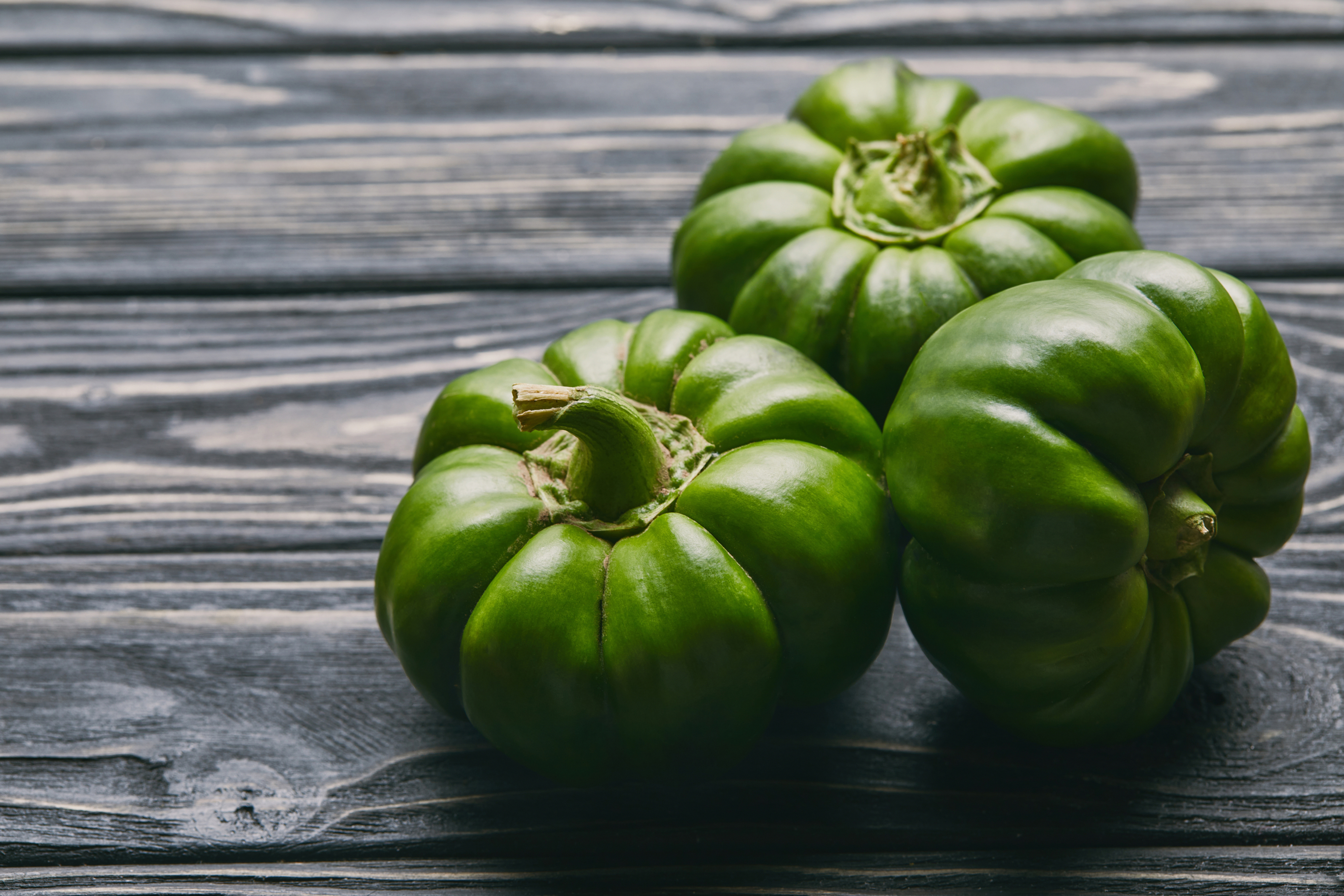The organic food market is no longer a fringe segment, and Big Food is paying attention. Sales of organic products totaled a record $45.2 billion in 2017, according to the Organic Trade Association (OTA) — and it shows no signs of slowing down.
It’s a trend food and beverage manufacturers can’t ignore, but exactly what segments are growing? And which aren’t? Let’s look at the top-selling organic products from last year.
1. Organic fruits and vegetables
Consumer hunger for plant-based options continues to grow with produce as the top selling organic category in 2017. The trend is also evident in the boost in sales of organic beans and dried fruits and vegetables, which jumped 9 percent last year. Plus, some have predicted that going vegan will be the biggest food trend of 2018.
2. Organic dairy and eggs
While the organic dairy and eggs category remained the second-largest selling organic category in 2017, it only grew by 0.9 percent to $6.5 billion. The growing demand for dairy-free beverages and plant-based options has slowed growth for this segment. Some producers found opportunity by shifting focus from organic milk to other dairy products such as organic ice cream, which saw a 9-percent sales increase last year.
3. Organic beverages
Organic beverages are now the third-largest organic category with sales rising to $5.9 billion in 2017, a 10.5-percent increase over the previous year. This growth was fueled by demand for fresh organic juices — which grew 25% in 2018 — as well as non-dairy organic beverages such as almond, soy, coconut and rice milk.
BONUS:Organic snacks
The popularity of organic snacks is worth mentioning, too. Nutrient-dense foods featuring value-added ingredients — such as cassava, heirloom grains and grass-fed, humanely raised meats — are grabbing eaters’ attention, especially in the form of snacks, a massive category that’s growing across all channels, according to Mintel. Their report finds that 94 percent of Americans snack daily, with Millennials being the leading age group.
Learn more about the organic market — from labeling regulations to regenerative agricultural methods — in our free e-book: “The Rise of Organic: What every manufacturer needs to know about this dynamic category”




